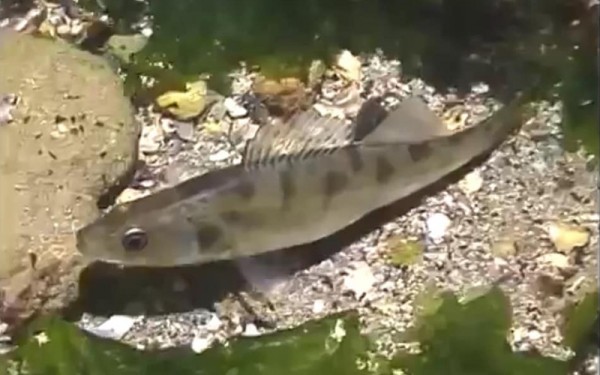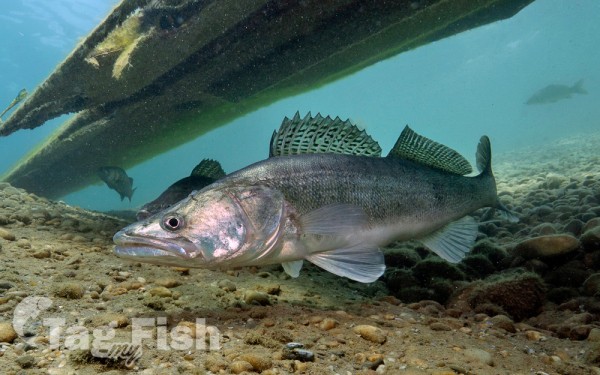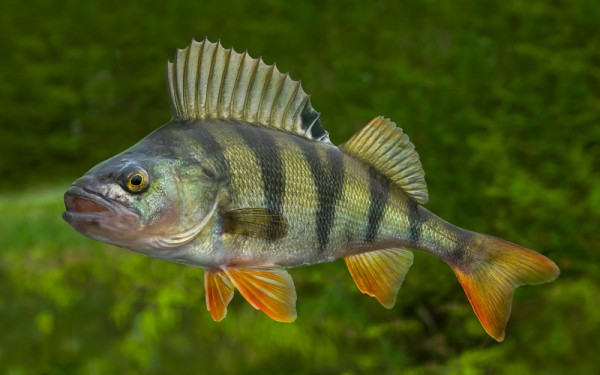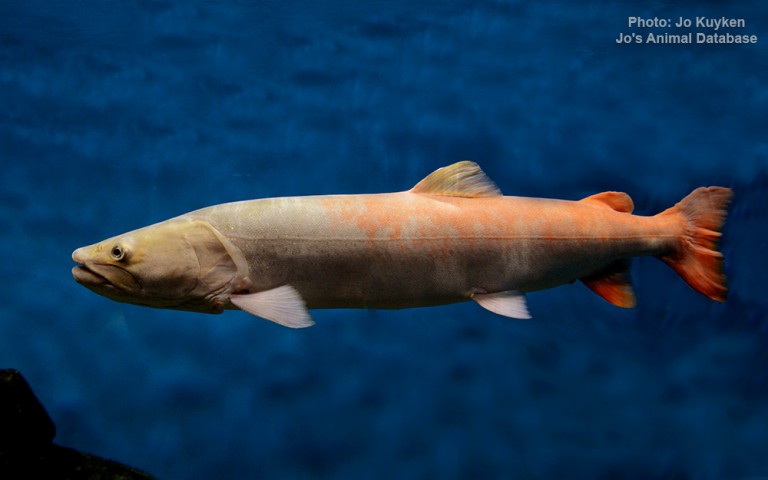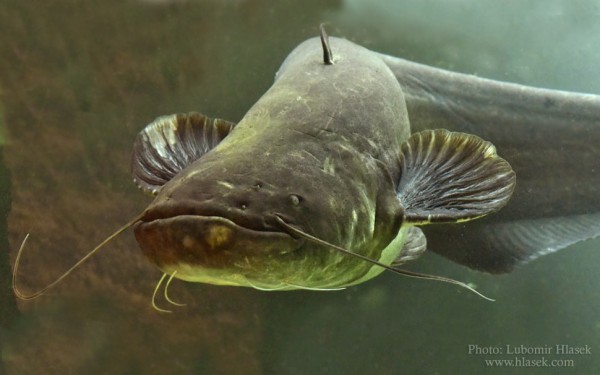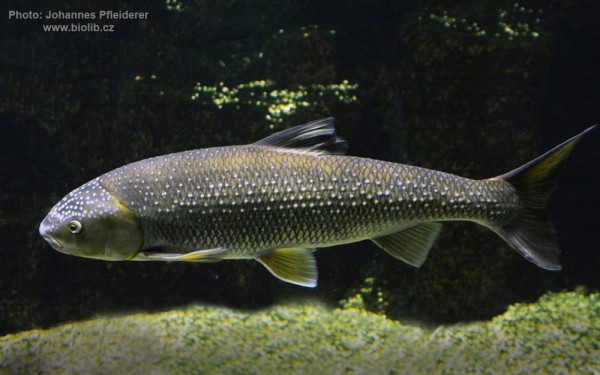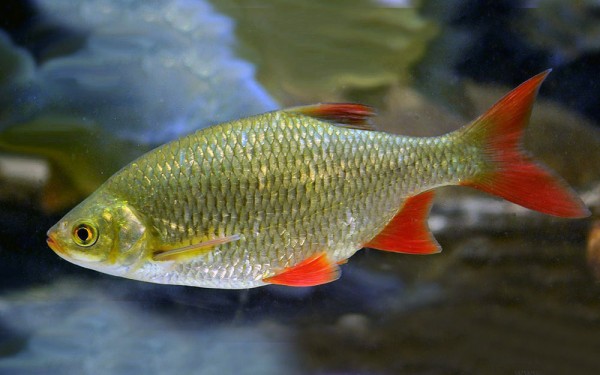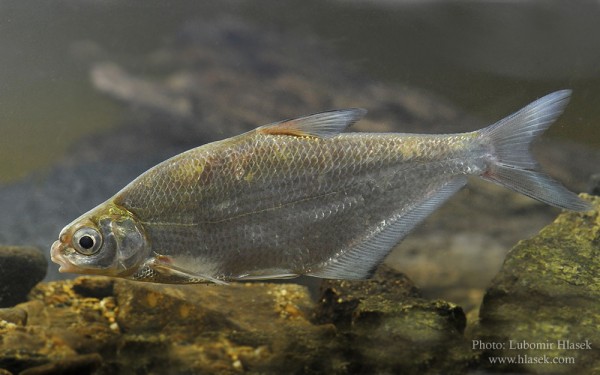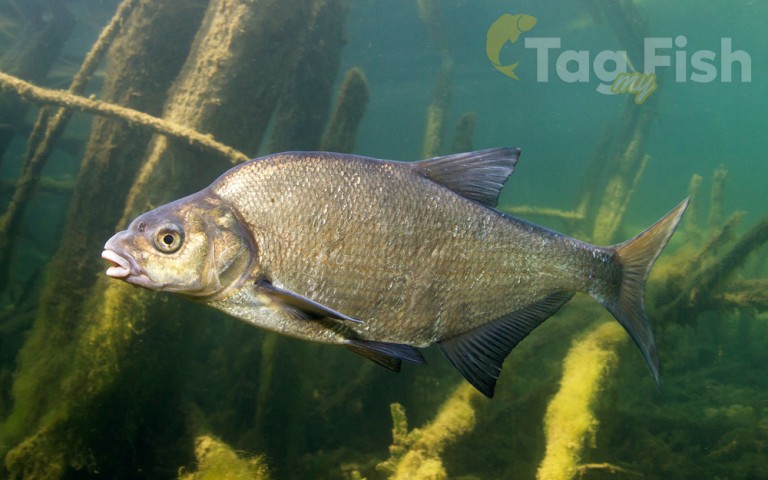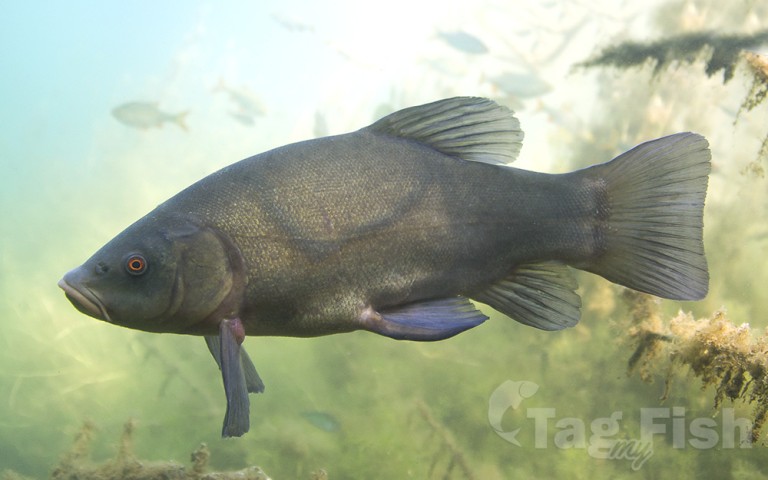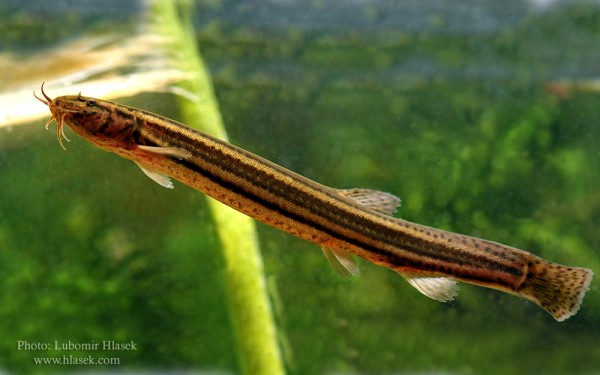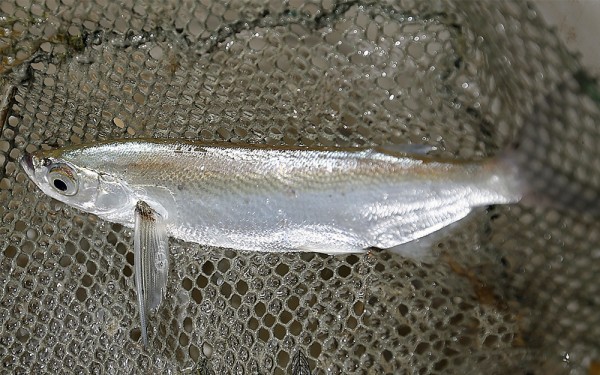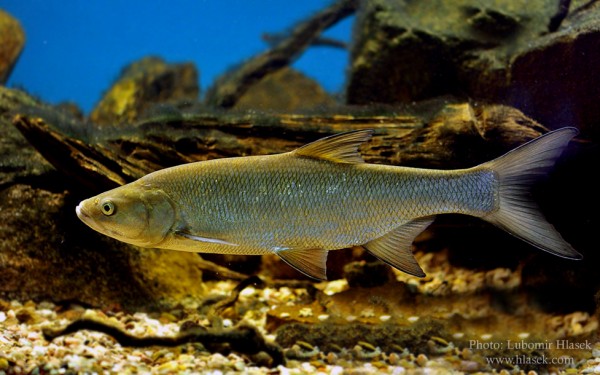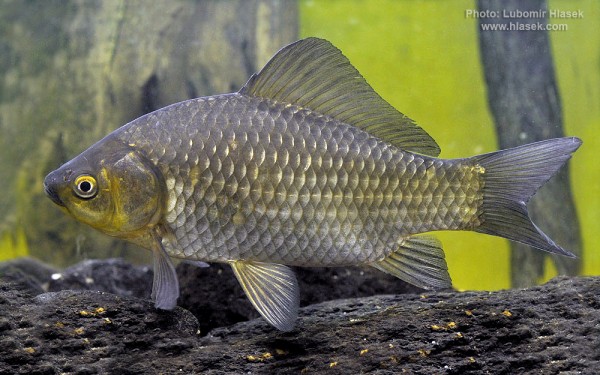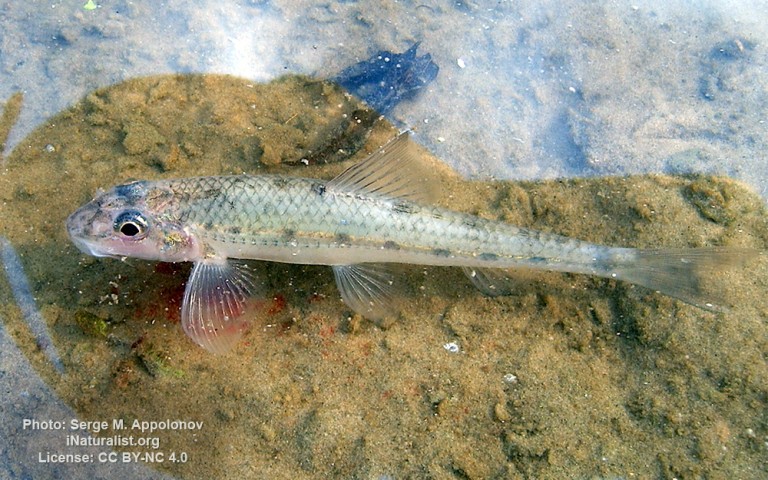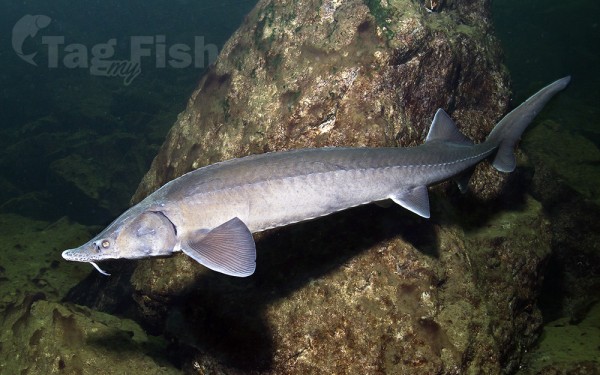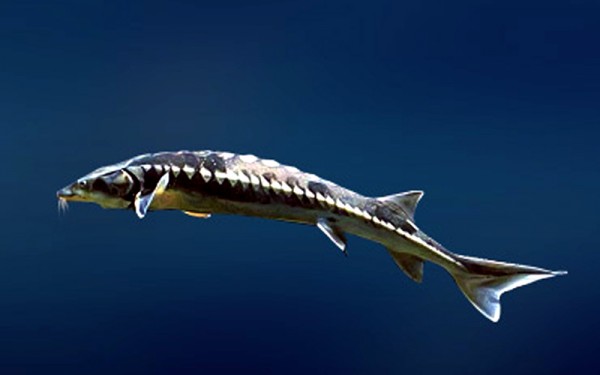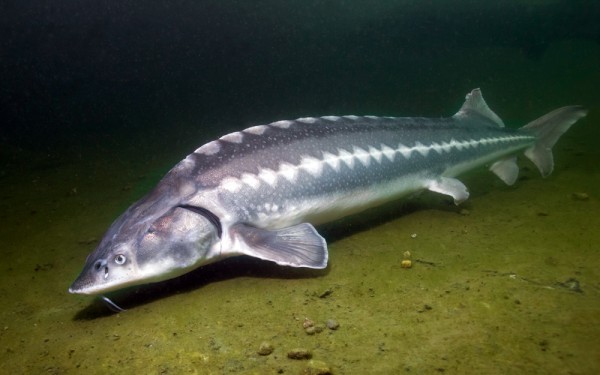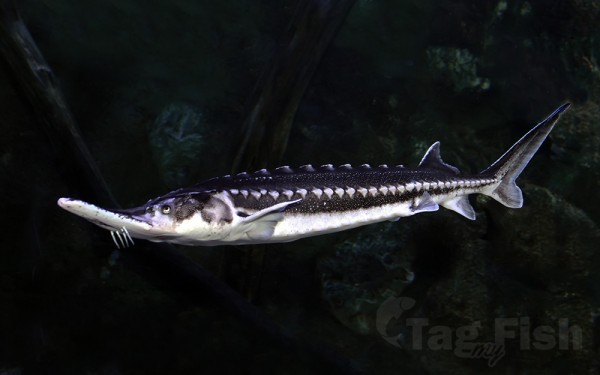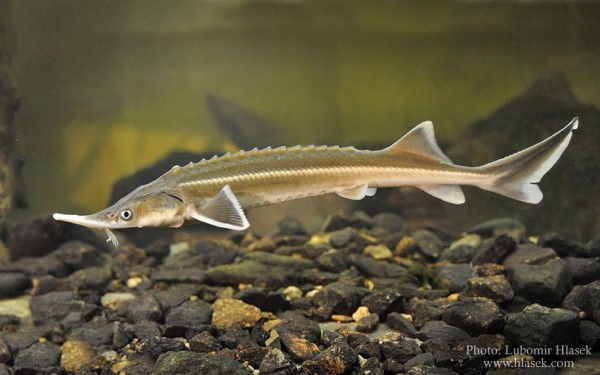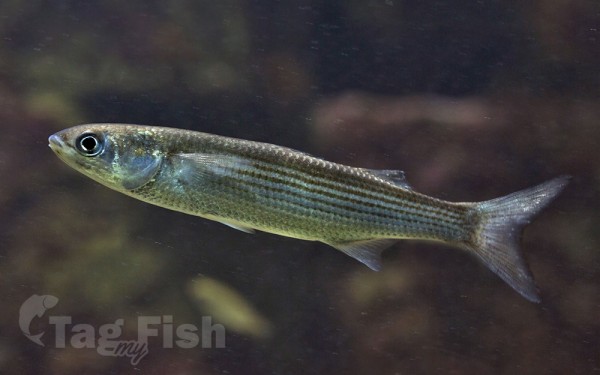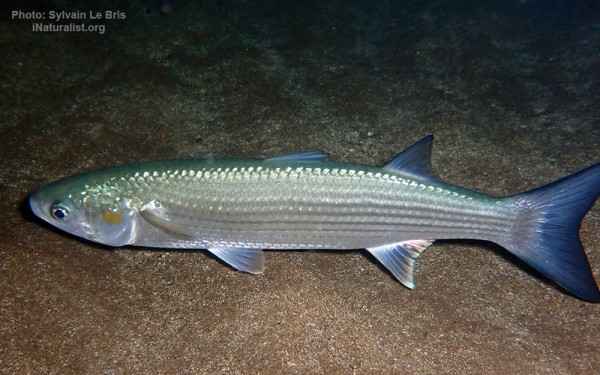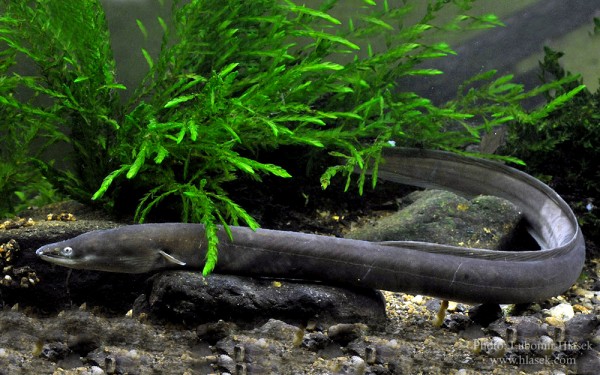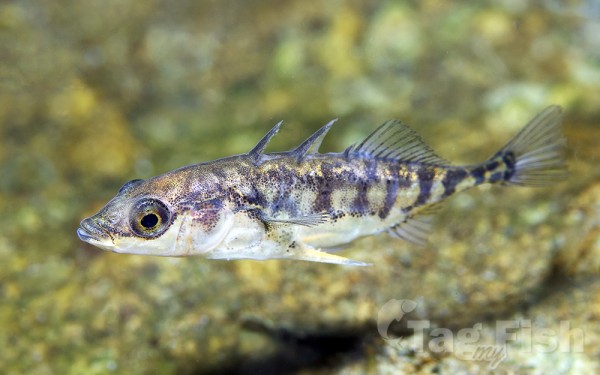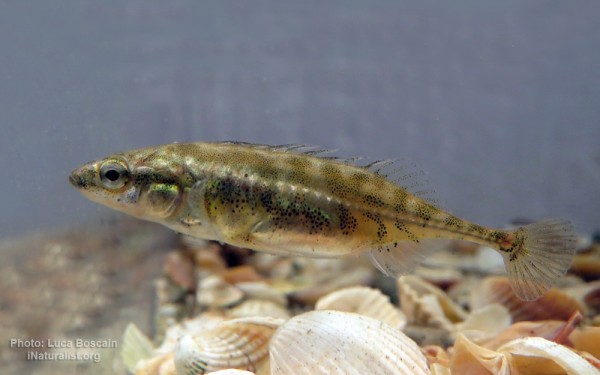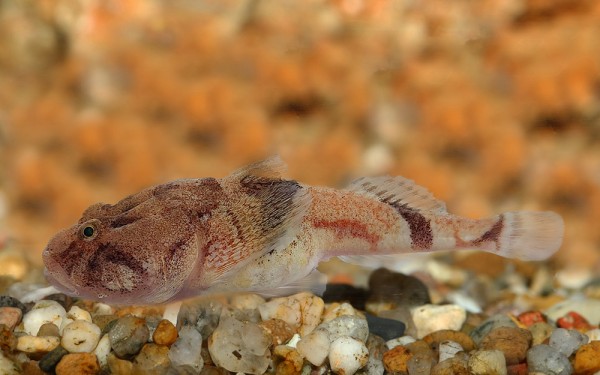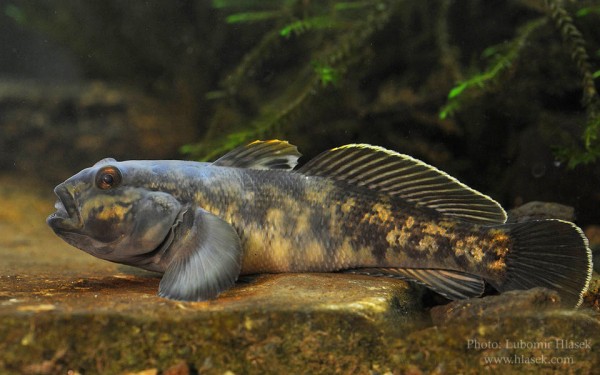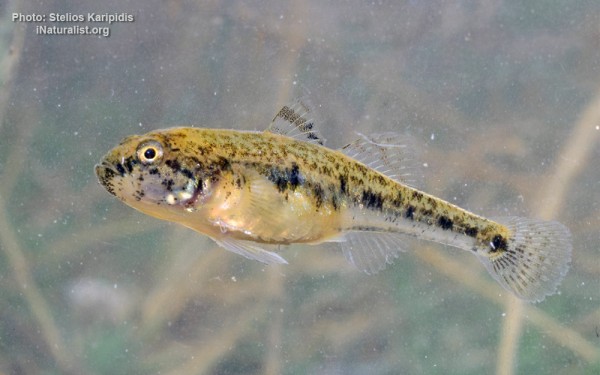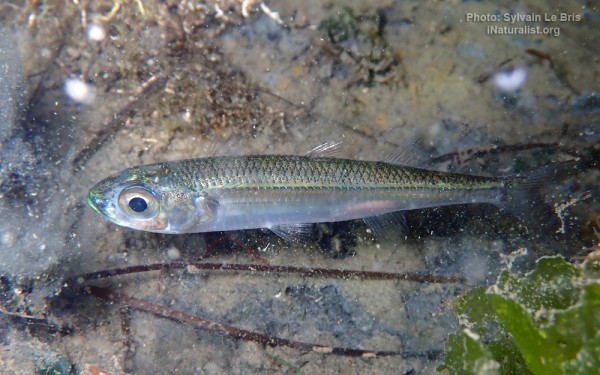Lake Sevan
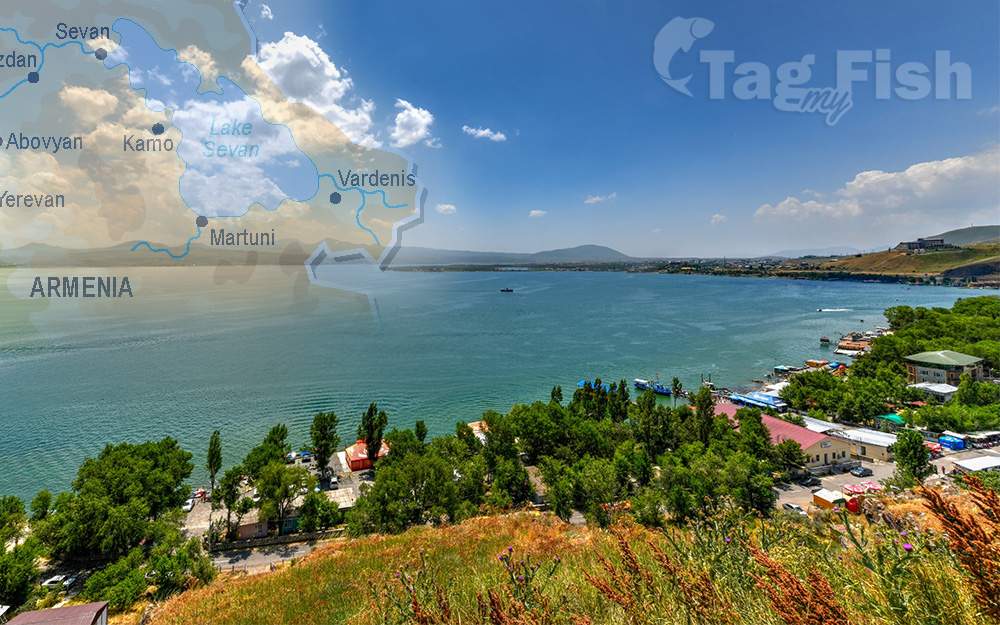
Perciformes - Perches
Salmoniformes - Salmons and Trouts
Esociformes - Pikes
Siluriformes - Catfishes
Cypriniformes - Carps
Acipenseriformes - Sturgeons and Paddlefish
Mugiliformes - Mullets
Anguilliformes - Eels and morays
Gasterosteiformes - Sticklebacks
Gobiiformes - Gobies
Atheriniformes - Silversides
Perciformes - Perches
Salmoniformes - Salmons and Trouts
Esociformes - Pikes
Siluriformes - Catfishes
Cypriniformes - Carps
Acipenseriformes - Sturgeons and Paddlefish
Mugiliformes - Mullets
Anguilliformes - Eels and morays
Gasterosteiformes - Sticklebacks
Gobiiformes - Gobies
Atheriniformes - Silversides
Lake Sevan is the largest body of water in both Armenia and the Caucasus region.
It is one of the largest freshwater high-altitude (alpine) lakes in Eurasia.
The lake is situated in Gegharkunik Province, at an altitude of 1,900 m (6,234 ft) above sea level.
The total surface area of its basin is about 5,000 km2 (1,900 sq mi), which makes up 1⁄6 of Armenias territory. The lake itself is 1,242 km2 (480 sq mi), and the volume is 32.8 km3 (7.9 cu mi). It is fed by 28 rivers and streams.
Only 10% of the incoming water is drained by the Hrazdan River, while the remaining 90% evaporates.
The lake provides some 90% of the fish and 80% of the crayfish catch of Armenia. Sevan has significant economic, cultural, and recreational value. Its sole major island (now a peninsula) is home to a medieval monastery.
Sevan was heavily exploited for irrigation of the Ararat plain and hydroelectric power generation during the Soviet period. Consequently, its water level decreased by around 20 m (66 ft) and its volume reduced by more than 40%. Later two tunnels were built to divert water from highland rivers, which halted its decline and its level began rising. Before human intervention dramatically changed the lakes ecosystem, the lake was at an altitude of 1,916 m (6,286 ft) above sea level, 95 m (312 ft) deep, covered an area of 1,416 km2 (547 sq mi) (5% of Armenias entire area), and had a volume of 58.5 km3 (14.0 cu mi).
After the construction of the two tunnels the water level began rising significantly since the mid-2000s. In 2007 it was reported that the water level had risen by 2.44 metres (8.0 ft) in the previous six years.[ It reached 1,900.04 m (6,233.7 ft) in October 2010. The government committee on Sevan forecasts that the level will reach 1,903.5 m (6,245 ft) by 2029.
Water level stood at 1900.44 m in November 2019.
Fishes
Sevan trout (Salmo ischchan) is an endemic species of the lake, but it is endangered as some competitors were introduced into the lake, including common whitefish (Coregonus lavaretus) from Lake Ladoga, goldfish (Carrasius auratus), and crayfish (Astacus leptodactylus). If the Sevan trout is likely to become extinct in its home lake, it seems that it will survive in Issyk-Kul Lake (Kyrgyzstan), where it was introduced in the 1970s.
Due to anthropogenic impact, changes have occurred in all the biological components of the lake, including bacteria, benthos, and of course fish. Thus, the benthic mass increased tenfold in 1940, due to oligochaetes and chrinomices. Today, the former prevail and multiply the oxygen-rich residue at the bottom of the lake.
The bojak and winter bakhtak species of the Sevan-endemic trout have already disappeared. The summer bakhtak occurs rarely; the gegharkuni is still capable of reproducing naturally. In 1980s, the quantity of Sevan koghak significantly decreased.
